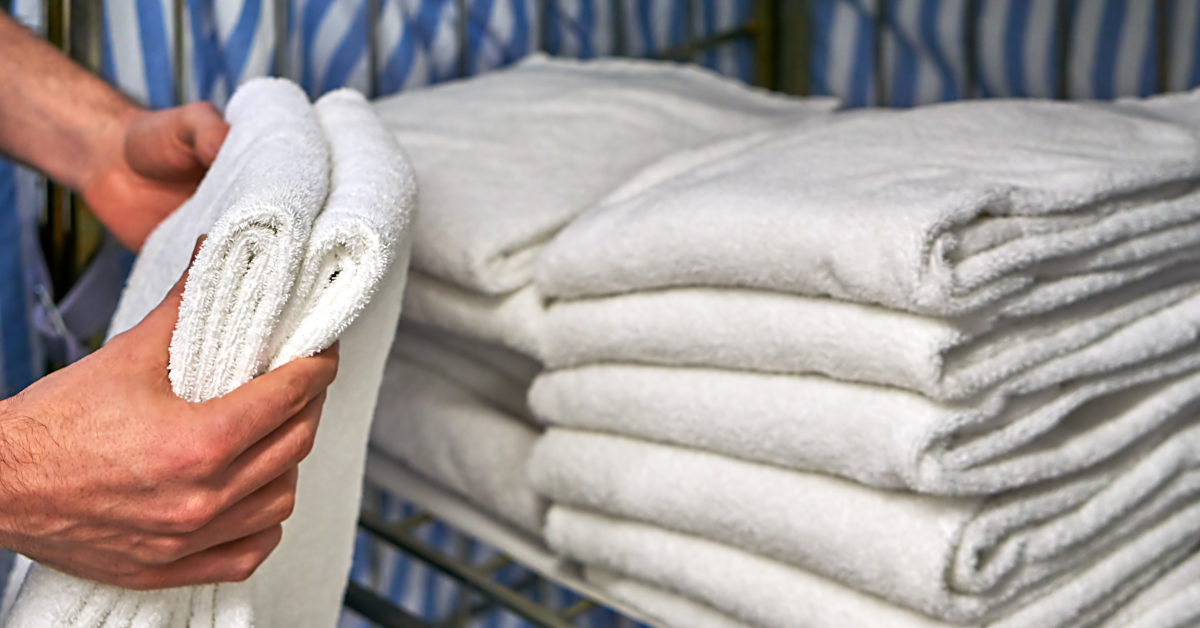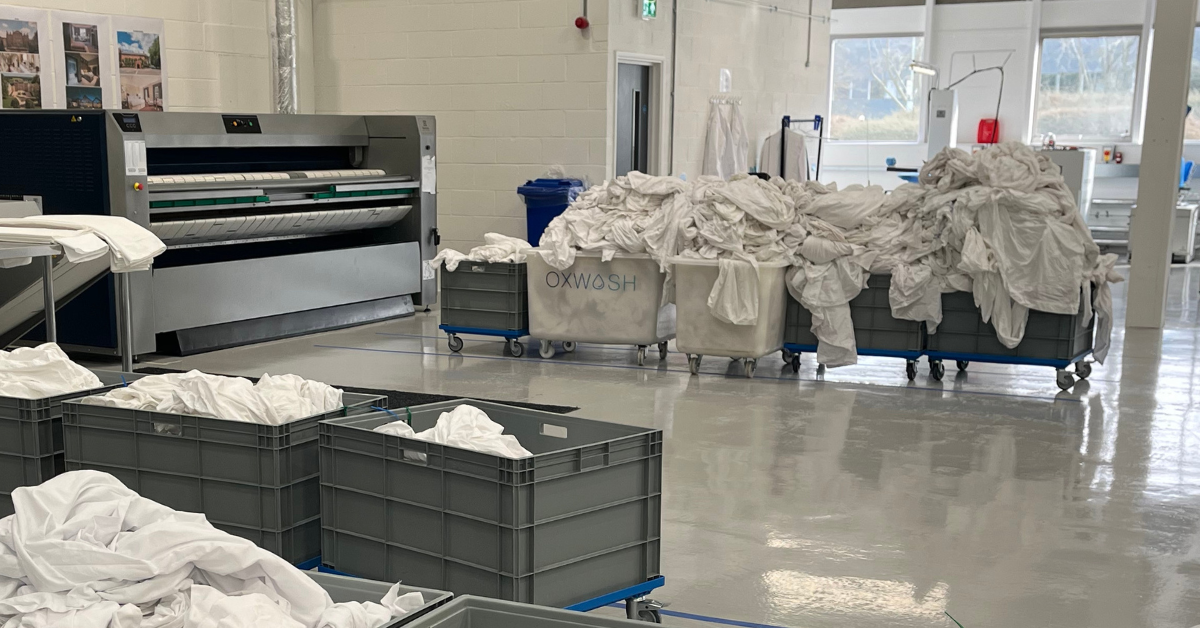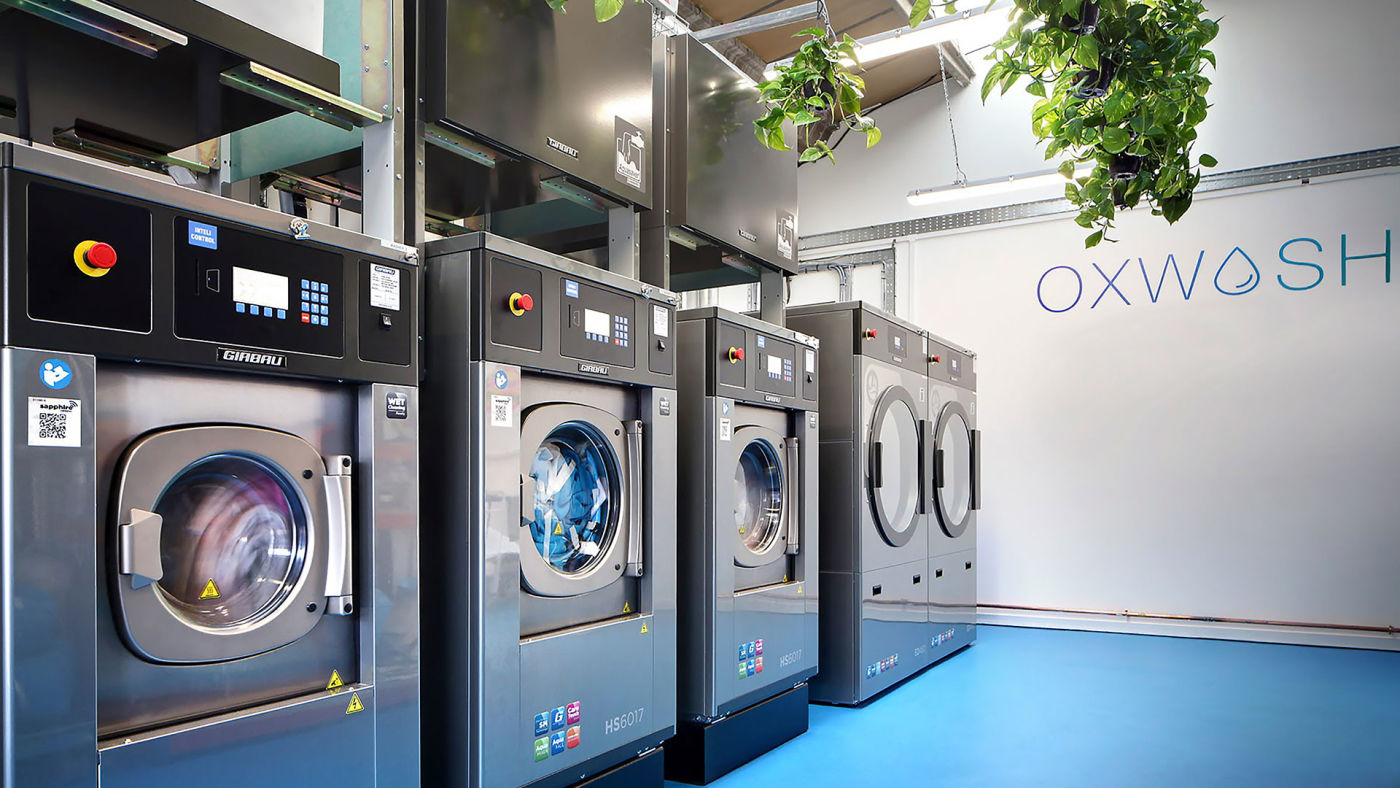What temperature should I wash my items at?
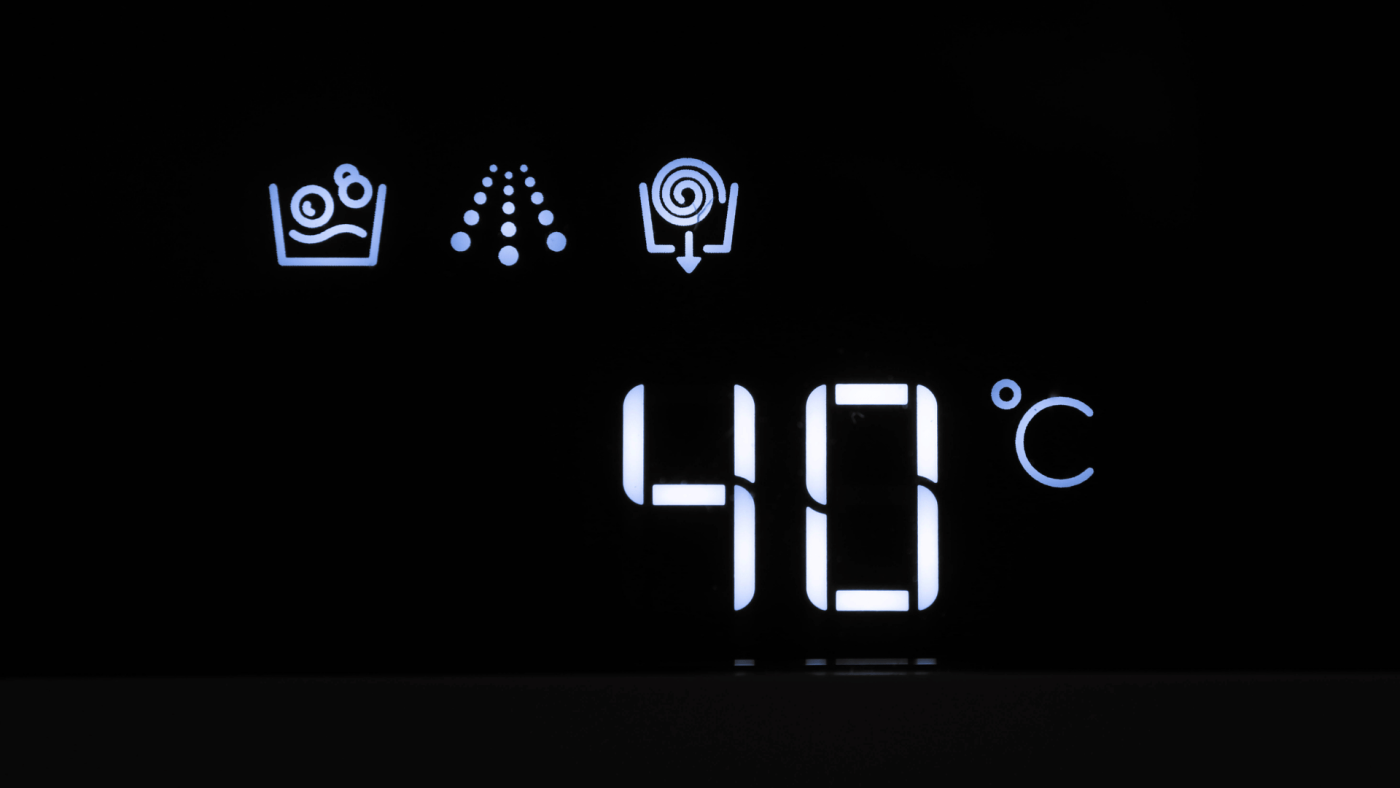

Business & Insights
Most of us are somewhat guided by the preset wash cycles that our washing machines offer us, if in doubt a quick Google may be needed. Different people have different rules and ways of doing things. This blog exists to end the confusion. Read on and you'll never have to ask ‘Can I wash my clothes at 60 degrees?’ or wonder whether you’re washing your items at the wrong temperature again.
There’s a common misconception that washing at 60°C is the best way to clean your items, but often this will decrease the lifespan of your clothing, damage the colours and integrity of your garments, and in some cases shrink them. On top of this, washing at high temperatures uses more energy and therefore is less cost-efficient and worse for the environment. Washing your clothes at a lower temperature can still give you great cleaning results whilst saving a tonne of money.
If in doubt, the number one cardinal rule is: check the label! The temperature on the label acts as a maximum. The other alternative is to get your items Oxwashed for a guaranteed hygienic and renewed wash.


Benefits of cold water washing
Many people tend to shy away from selecting the cold wash cycle on their washing machine out of fear that their garments won’t come out clean. However, washing machines have been designed to carry out successful cold washes, especially when paired with a good detergent.
If you’re not washing your bright colours and dark garments on a cold wash setting, you may want to start doing so. Washing your garments at temperatures as low as 20°C or as 30°C will protect colours from running while minimising the risk of shrinkage. Washing at 30°C is generally very effective. Since most quick wash cycles use the cold wash setting, this is also best for refreshing lightly soiled clothes that aren’t too dirty and just need a sparkle.
What you need to know about washing on hot temperatures
Temperatures above 40 - 60°C are considered a warm wash. You should opt to wash at higher temperatures if your garments are heavily soiled or are not smelling fresh any longer. However, it is important to be aware of the facts that:
Heat can set in stains rather than get them out
Colours can start to fade
It can denature certain fabrics over time
Some items, material dependent, may shrink in the laundry
Less environmentally friendly and higher costs
40°C - 60°C - Warm Wash
So, can I wash my clothes at 60 degrees? Yes. But it is more complicated than that.
Heavily soiled items
If you end up with a pile of dirty non-delicate underwear to wash, set your machine to 60°C for the best results. Furthermore, as seen in our blog on hygiene, germs can transfer in a washing machine so it is important to not share a wash cycle with someone who is unwell. Someone who is unwell should wash their items on 60°C for maximum bacteria eradication.
Towels and bed sheets
We spend a lot of time in our towels and bed sheets, so they tend to become heavily soiled quite quickly. In order to get rid of bacteria, the minimum temperature to wash towels and sheets is 40°C, but a 60°C wash will slightly be better at killing germs. We advise washing your towels and bed sheets frequently, at least every week-ten days.
30°C - 40°C
Denim
Denim can be prone to shrinkages and colour fading. We recommend washing at 40°C maximum to retain its colour and shape.
Whites (material dependant)
White items can show dirt very easily and people are used to washing them at higher temperatures. The key here is to separate by material and pay close attention to the care label. You can get great results washing at 30°C with a good detergent, this takes into consideration cotton that might shrink and delicate wool.
20°C - 30°C - Cold wash
Delicates
Delicates usually include material such as silk, wool, cashmere, baby clothes and certain underwear. A cold wash is an option if you’re washing delicates, or your clothes are brightly coloured and just need to be refreshed a little.


Baby and children's garments.
30°C is a good target to wash baby clothes. Any hotter and you run the risk of shrinking what can be quite delicate clothes.
Related Articles


B Corp™ certified.
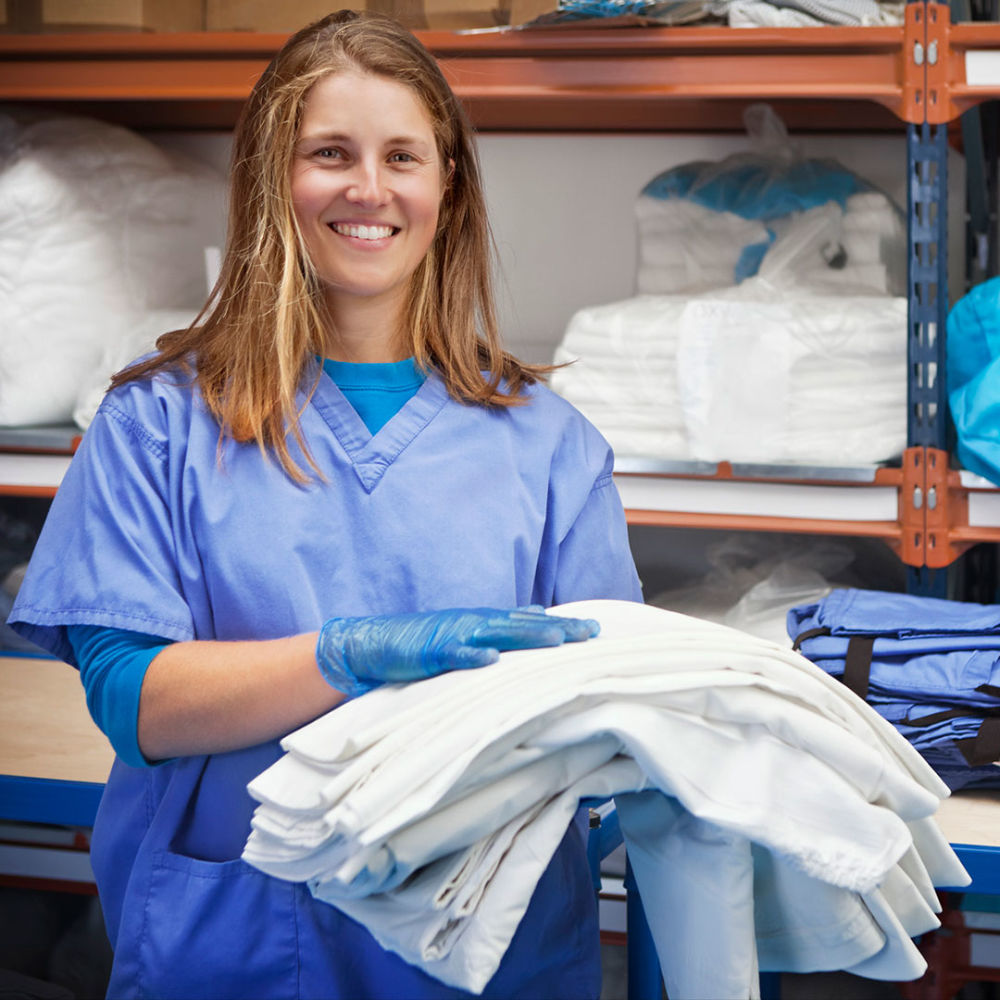

Surpassing NHS-grade disinfection.




